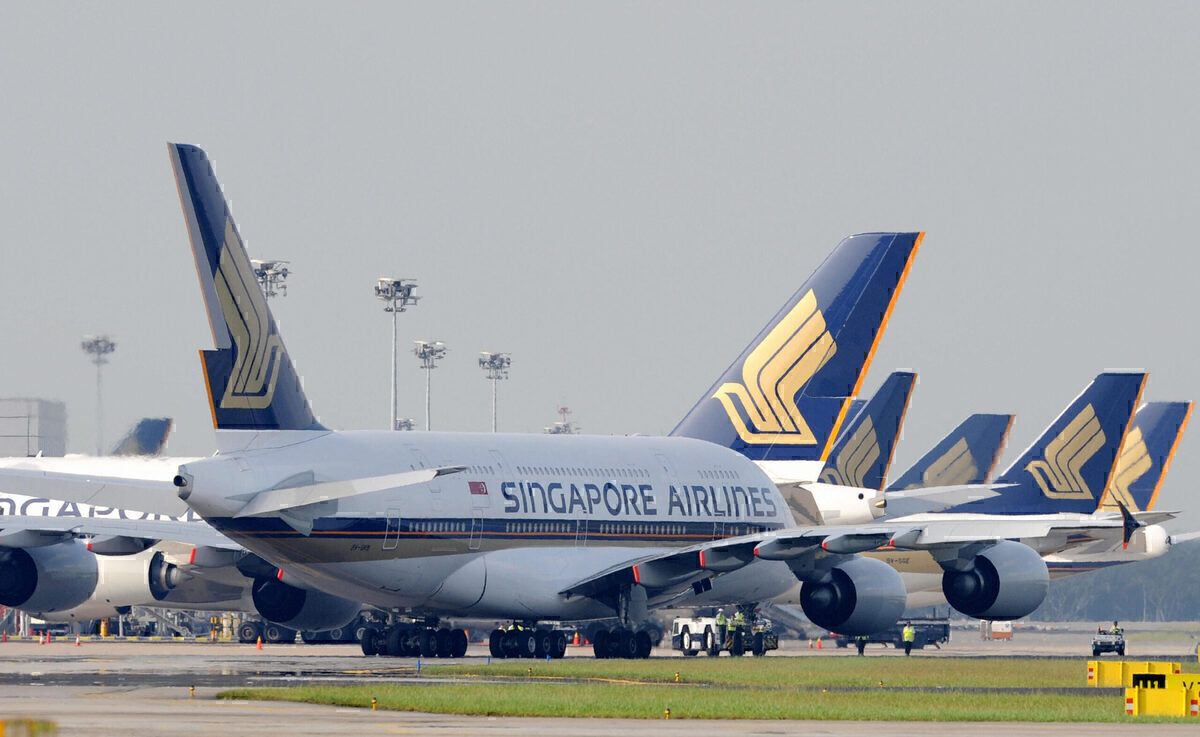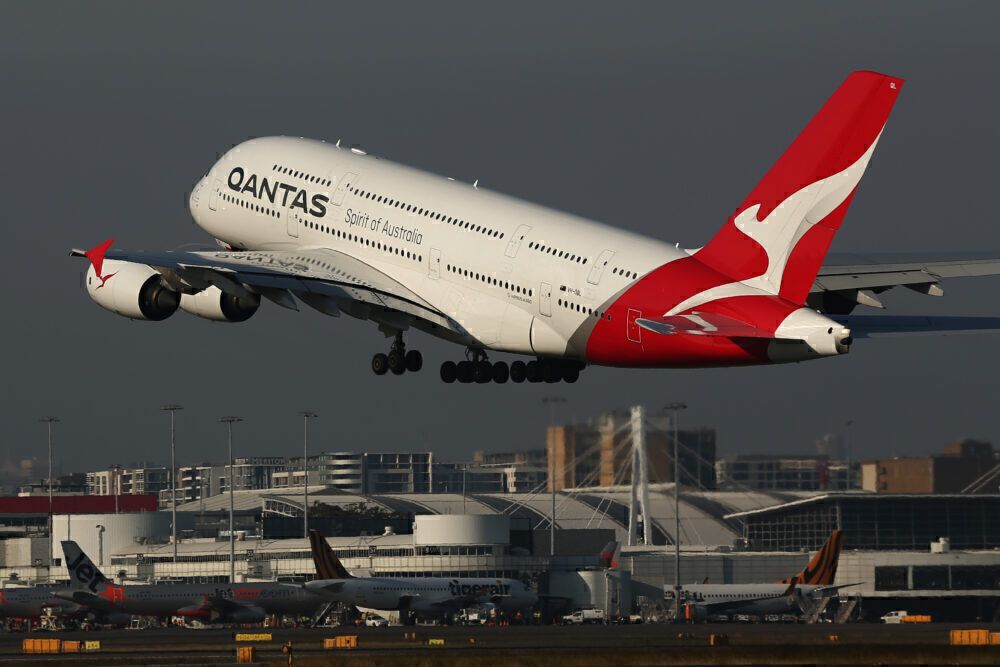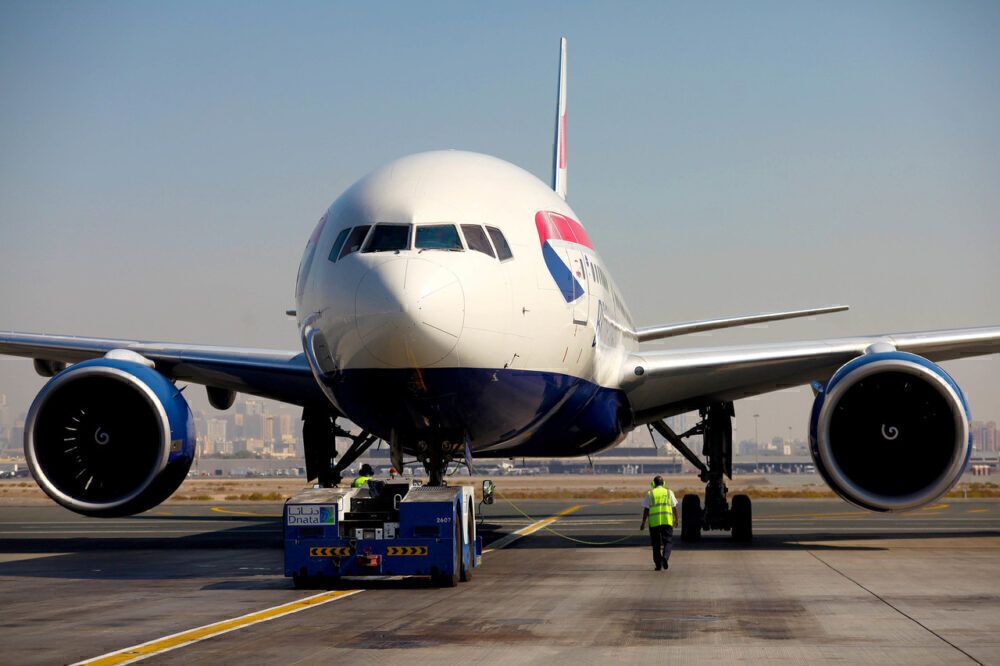Amid talk of a travel bubble between Singapore and Australia, some airlines are in the box seat to benefit. Normally, multiple airlines fly between the two countries. Now, with fleets in hibernation and airlines suspending services, the choices will be fewer. But business is likely to be brisk for those airlines that can and do lay on flights.
On Monday, Simple Flying reported on speculation surrounding a mid-year travel bubble between Singapore and Australia. Senior Government figures in both countries are working on it. In interviews over the weekend, politicians confirmed talks were underway. It's good news for people in both countries. After all, what's not to like about a long weekend in Singapore?
In 2019, Singapore Airlines, Qantas, Jetstar, Scoot, Silk Air, Emirates, and British Airways all operated nonstop services between Singapore and Australia. That same year, 5,890,913 people flew between Singapore and Australia, in either direction. Of that number, two airlines, Qantas and Singapore Airlines, had a 78.3% market share. One airline, Singapore Airlines, had a 59.5% market share.
The financial markets have already picked who they reckon will benefit from this deal. On the back of travel bubble speculation, Qantas shares closed 3.77% up on the ASX on Monday. Singapore Airlines shares closed 5.47% up on the SGX.
Stay informed: Sign up for our daily and weekly aviation news digests!
Singapore Airlines & Qantas in the box seat to benefit
Both airlines will are the standout beneficiaries of any travel bubble getting up. In 2019, Singapore Airlines flew to five Australian cities. Its subsidiary, the now-defunct Silk Air, flew to two more. On the busier routes, such as Singapore - Melbourne and Singapore - Sydney, you'd see four return flights a day, including on the A380s. Singapore - Melbourne was Australia's busiest international route (in passenger numbers) in 2019. Singapore - Sydney came in third.
Mid-tier cities like Perth and Brisbane were getting three services a day. Even Canberra and Adelaide were getting daily services. That capacity and network gave Singapore Airlines the edge in this particular market. Given that Singapore Airlines has maintained services (albeit scaled down) to most Australian cities, they are really well placed to benefit from a travel bubble.
Also set to benefit is Qantas. They never matched Singapore Airlines' capacity between the two countries, but they sent services up from Sydney, Melbourne, Brisbane, and Perth, typically two or three times a day. Those flights included A380 services from Sydney and Melbourne.
Unlike Singapore Airlines, the vast majority of Qantas' international services are suspended. The big A380s are grounded until 2023. Qantas' plane of choice for international flights these days is the 787-9 Dreamliner. Some Dreamliners sit parked, some remain in service. But Qantas has active 787 crews, so getting flights up and running shouldn't take long.
Who won't benefit from any travel bubble between Singapore & Australia?
Who won't benefit from any travel bubble between Singapore and Australia? Silk Air is gone, subsumed into Singapore Airlines. Silk Air used to send 737 MAXs to Cairns and Darwin. Perhaps the 737s in Singapore Airlines livery will take their place?
Qantas' low-cost subsidiary Jetstar flew between Darwin and Singapore before the airline suspended its international services. Whether Singapore remains a priority for Jetstar remains to be seen. They possibly have their eye on other international destinations.
Both British Airways and Emirates flew to Australia via Singapore. Both have suspended those tag flights. They'll probably be back on the route at some point down the track, but it's unlikely we'll see their planes on this sector this year.
Of course, a travel bubble may inspire new entrants into the market. Two premium airlines dominating a busy route don't give the traveling public many options from a price or service point of view.
Needless to say, this is all speculative, as speculative as any travel bubble. It would be great to see a travel bubble between Singapore and Sydney up and running by July. But you wouldn't bet the house on it.



